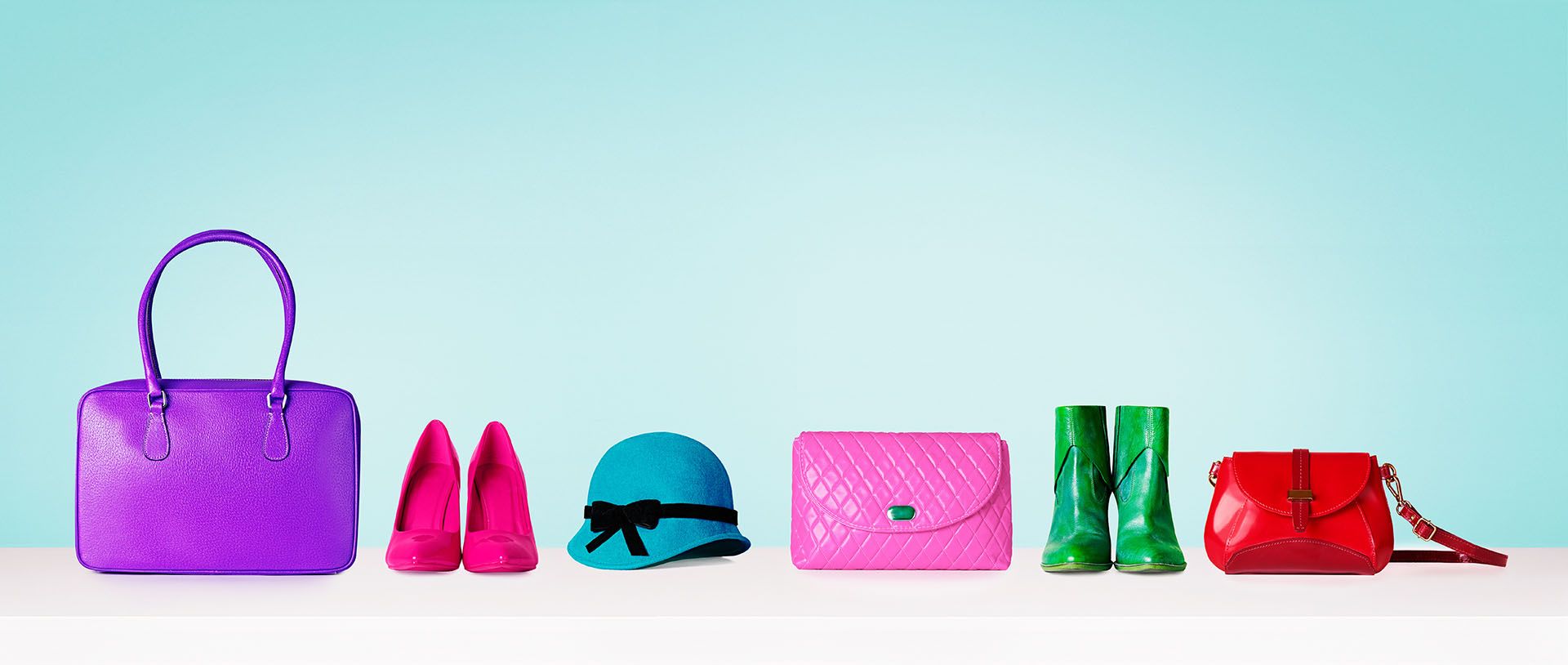Blockchain for fashion - Making accountability and sustainability fashionable.


In the world of luxury fashion, brand names often carry more weight than the materials used in the garments themselves. But as consumers become savvier and more environmentally conscious, they are starting to demand transparency from the brands they buy from. Unfortunately, many luxury fashion brands have yet to adapt their business practices to meet this demand. They continue to rely on manual methods for tracking the supply chains of their products, which often leads to errors and omissions.
But how did we get to the point where most of us know nothing about how our clothes are made? In short, when fast fashion began developing in the 1990s, companies felt immense pressure to lower consumer prices and brand costs. To achieve this goal, they moved their factories overseas, where labor was cheaper, and sourcing materials became more difficult. This created incredibly intricate supply chains that are now basically impossible to decipher.
The good news is that blockchain technology can potentially change the fashion industry for the better by making it more sustainable. With blockchain, every time a garment changes hands – from supplier to manufacturer to retailer – that information is recorded securely and transparently.
This would allow consumers to see exactly where their clothes come from and how they were made. It would also allow brands to track their products more effectively, which would help to reduce waste and ensure that garments are made in accordance with sustainable practices. In other words, blockchain could make accountability and sustainability fashionable.
Blockchain + fashion = transparency
Many people think of blockchain in terms of its banking and manufacturing applications, but it has many other potential uses. For example, "blockchain as a service" is proving successful in responsible sourcing and intelligent tracking in the food supply chain. However, some industries still have yet to catch on, even though using blockchain could help them avoid costly preventable losses.
Though the luxury retail business is not typically known for being tech-savvy, changing consumer demand forces luxury companies to reconsider their historical aversion to technology investments. If they dedicated funds to exploring blockchain technology, it would proactively respond to existing counterfeit problems, costing this industry approximately USD 3 trillion annually.
Luxury retailers aren't the only ones hurt by this loss - bottom lines are taking a hit, as well as long-term brand perception and consumer trust.
"But hold on, how does it help the fashion industry be more transparent?"
Transparency is one of the most critical issues in the fashion industry, as many garments are produced in developing countries with little oversight. Because of this, it can be difficult for consumers to tell if a garment was made ethically and sustainably. With blockchain, every step of the production process could be recorded and monitored, from sourcing the materials to manufacturing the garment to shipping it to the store. This would allow consumers to make informed choices about the clothing they purchase and help ensure that brands are held accountable for their supply chains.
Engagement in sustainability has deepened during the COVID-19 crisis, with European consumers wanting fashion players to act responsibly and consider the social and environmental impacts of their businesses.
- "Consumer sentiment on sustainability in fashion"- McKinsey
In addition, blockchain could also be used to track inventory and protect against counterfeiting. By tagging each item with a unique identifier, retailers could know precisely where an item is at all times and be confident that the item is genuine. This would not only save businesses money, but it would also protect consumers from inadvertently purchasing fake goods.
Fashion brands on the move
Authenticity and transparency are becoming increasingly important to luxury goods consumers, who are turning away from brands that don't offer these qualities. In response, some companies are beginning to experiment with blockchain.
For example, in 2018, Burberry partnered with IBM to launch a blockchain platform that would track the provenance of its products. The goal was to give consumers confidence that they were buying genuine Burberry products and to help the company fight against counterfeiting. So far, the platform has been used to track the progress of more than 100,000 products.
Other companies are also beginning to explore blockchain's potential. In 2020, a blockchain consortium called Aura was launched. In addition to Louis Vuitton, some of its members are Prada, Richemont, OTB, and Cartier. It has now generated more than 15 million digital tokens that act as a link between luxury products and a data portal.
These are just a few examples of how blockchain is being used in the fashion industry to create more transparency and accountability. As more companies begin to see the potential of this technology, we'll likely see even more brands added to this list.
Challenges facing the implementation of blockchain in the fashion industry
The advantages of blockchain for fashion are clear. But there are also some challenges that need to be addressed before this technology can be widely adopted.
One of the biggest challenges is education. Many people in the fashion industry are still unfamiliar with blockchain and how it works. This lack of understanding can make it difficult to get buy-in from key decision-makers.
A second concern hampering blockchain's proliferation in the fashion industry is that there are no set standards. Because blockchain is still a relatively new technology, there is no agreed-upon set of standards for how it should be used. This lack of standardization makes it difficult for different companies to interoperate and can lead to customer confusion and frustration.
Another challenge is the high cost of implementing blockchain technology. While the long-term savings and benefits of using blockchain may be significant, the upfront costs can be prohibitive for many companies and significantly smaller businesses.
Finally, another challenge facing blockchain in the fashion industry is scalability. As the fashion industry is a global one, any blockchain solution needs to be able to handle a large number of transactions from all over the world. This can be a difficult feat for blockchain technology, which is still in its early stages of development.

Why ONiO.zero makes sense for the fashion industry
The key is to combine the security of blockchain technology with the added safety of a physical (hardware) and digital seal. That's precisely what is attainable with ONiO.zero.
ONiO.zero is a wireless and batteryless microcontroller that comes equipped with sensors for temperature and tampering; each chip has a UUID stored in non-fungible memory. This UUID becomes part of the transmission to the ledger, making it easy to validate with a list of current UUIDS. However, tech-savvy individuals could still replicate this solution - in order to avoid that problem, we took some extra steps. You can read more about what we did in our whitepaper:
ONiO.zero also adds a nifty feature for the fashion industry. No batteries are involved - that means no battery hatches, a smaller electronic footprint, no battery replacements, or charging. You can simply just weave the technology right into your garment or embed it into a purse - totally invisible to the consumer and self-powered for years.
ONiO.zero is a major step in the right direction for blockchain technology - offering a secure, scalable, and cost-effective solution. We believe that our technology has the potential to transform the fashion industry and help it reach new levels of sustainability and transparency. If you're interested in learning more about ONiO.zero, we encourage you to check out our website, whitepaper, or contact us directly!












